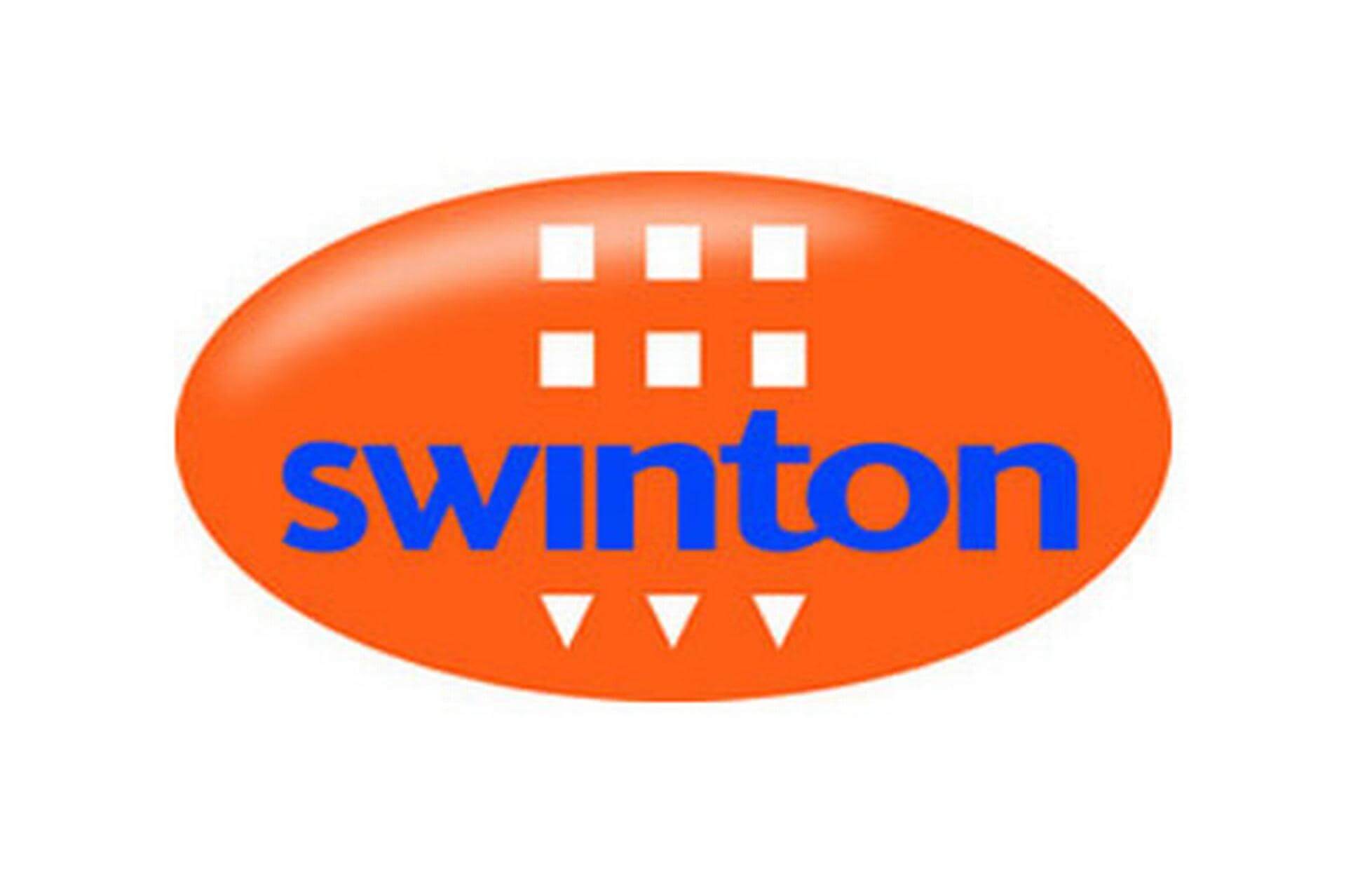How to Spot Investment Opportunities in Hybrid Businesses
With the rise of hybrid companies shaking up a range of different industries, there are increasing opportunities for investment in fast-growth businesses with potential for rapid expansion. From food delivery services like Deliveroo and collection models, to services previously confined to the high street, the hybrid model offers new avenues for progression and in turn possibilities for investors. For those looking to capitalise on this trend, the most promising hybrid businesses offer one – or more – of the following three distinguishers.
Opening Up New Markets
Some of the most exciting hybrid businesses don’t just disrupt a market but open up a new one entirely. While takeaway platforms like JustEat connects hungry customers to restaurants which in turn deliver the takeaway, their service is purely digital. Such websites are an online marketplace: an introduction service, a facilitator and a system through which easy card payments can be made. Its employees power the website – they don’t power the deliveries themselves, which are left to the restaurants.
Hybrid businesses, however, are now taking cities by storm. Deliveroo, Meals.co.uk and Dinein are all fusion models which bring takeaway to the doors of consumers, but these businesses actually use their own couriers to collect and drop off the food. This hybrid model means that customers can access some more upmarket restaurants and smaller independent eateries that wouldn’t usually deliver. This ‘intermediary’ model is powering huge expansion outside of the capital, with some of these start-ups now operating in cities across the country.
The incredibly fast growth of such a business has clear potential for investors. Deliveroo, for example, rounded up $25 million in Series B funding in January.
Hybrid companies are often also intermediaries – they sit between the customer and the service or product. Businesses like JustEat and Deliveroo don’t just own the customer’s card details and the transaction platform to make life easy for their users. They also own the customer relationship, having slotted themselves neatly between the manufacturer or service provider and the customer. The relationship between the intermediary and each party is stronger than that between the customer and the company creating the product or service itself, so that the intermediary is always the ‘go to’ and front of mind of the customer.
As well as creating new markets, hybrid businesses often have the power to grow existing markets beyond their traditional limits. In San Francisco, Uber has caused the same people to take more taxi rides than previously, because of the convenience they offer. The brand now makes over three times the revenue of the taxi industry in the region.
It is the hybrid model that enables each of these new starters to offer a win-win service, a goldmine for investors. The fusion of online and real life services is opening up markets that purely digital or purely physical businesses struggle to tap into, and growing others beyond their traditional limits.
Convenience and Customer Service
It’s not just reaching new markets that can drive rapid growth in hybrid businesses. Providing a far more sophisticated and convenient service is a key success point for companies that combine online and offline offerings.
The consumer market across the board is becoming increasingly 24/7. It’s a buyer’s world, with customers demanding instant choices, instant availability and instant delivery. If your service isn’t bending over backwards to accommodate your consumers, you’d better expect to be left behind. Hybrid businesses have the capability to do this thanks to their 24/7 availability and by making convenience a central focus.
It is this fear of being left behind that has caused conflicts between traditional and hybrid businesses. The rise of Uber has led to thousands of taxi drivers staging protests across London, Paris, Madrid, Milan and Berlin in opposition to the company. Ironically, last year’s London protest by black cab drivers pushed Uber registrations up 850 per cent. Uber is a far more convenient alternative to a long-standing, dated service. The effort of finding a cab or waiting for a requested taxi to arrive, exacerbated by the nuisance of finding a cash machine before getting into a cab, means that millennials are flocking to Uber for its ability to accommodate customers’ needs.
Customer service is an important part of making sure that the interests of the consumer are at the very centre of all your operations. People place more trust in a company when they can deal with a representative face-to-face, a difficulty for purely digital services. A hybrid model, however, combines their online convenience with people on the ground who can interact with consumers day to day. Giving your business this human face goes a long way in building customer loyalty.
One start-up offering sophisticated customer service is on-demand shipping provider Weengs, an app which will dispatch one of their couriers to you within 15 minutes of you sending them a photo of the item you want shipping. They’ll package your item up for you, take it to their central warehouse and then calculate the most affordable shipping option. The digital platform works in tandem with Weengs’ couriers to ensure that the customer experience is seamless and as convenient as possible. Speed and availability are key, and hybrid businesses have the capabilities to offer both.
It is constant availability that a hybrid model facilitates so well, while still ensuring consumers receive a ‘real-life’ service from people on the ground. Speed and availability are key, and hybrid businesses have the capabilities to offer both.
Undercutting On Price
One of the clearest ways in which the combination of on and offline services is disrupting the market is in these companies’ ability to drastically undercut costs. A hybrid model can often provide all the vital services of their traditional competitors, but without some of the biggest overheads usually involved.
With the combination of ‘on the ground’ and digital resources, many of the costs of the service provided can be eliminated by moving some operations online. For example, expensive high street premises, favoured by restaurants, shops and estate agents, can be avoided altogether. Moving bricks and mortar operations online is especially profitable for those aspects of services which are in any case more convenient, effective or efficient for customers when offered online. Passing this cost saving on to the consumer means that many hybrid companies are disrupting long established markets by offering a service that traditional competitors cannot beat on price.
An alternative to getting rid of expensive premises is to utilise your necessary premises to cut costs in other ways. For example, removing the delivery element of certain consumer shops can save money, instead offering convenient click-and-collect solutions. The delivery process is easier for the company, it can be a convenient option for consumers who don’t want to wait in all day for a package, and the cost saving can also be passed on. Combining digital and physical services can in this way be create double or triple benefits for all involved.
Investing in a digital-based business that can flex its cost base when it needs to is a great advantage – especially in cyclical markets – compared to investing into a bricks and mortar operation where a business can be locked into expensive leases for a long period.
What can your business do?
To summarise, the businesses which will likely attract investment are those which are opening up new markets, offering next-level convenience and customer service and drastically undercutting competitors on price – just three indicators that a hybrid business may be heading for the stars. Businesses hungry for recognition in crowded markets should take a step back, look at the wider industry and consider, what needs improving? What could be made simpler or more consumer-friendly?
If you look hard enough, existing models will lend themselves to the latest technology, and can be fused together to form revolutionary concepts. But at the same time, people remain key, and the winners will be those companies who successfully adopt the latest technologies without disrupting the vital human element, to ensure customer service remains top of the priority list. As these hybrid companies develop and more enter the arena, the opportunities for investment are only set to grow.



























